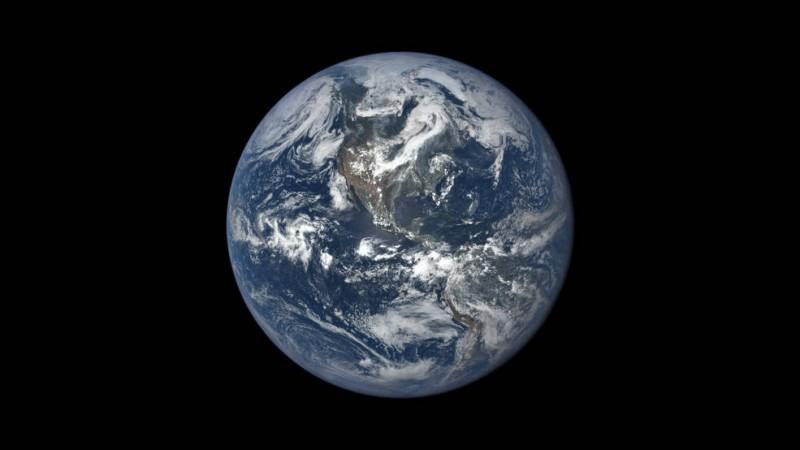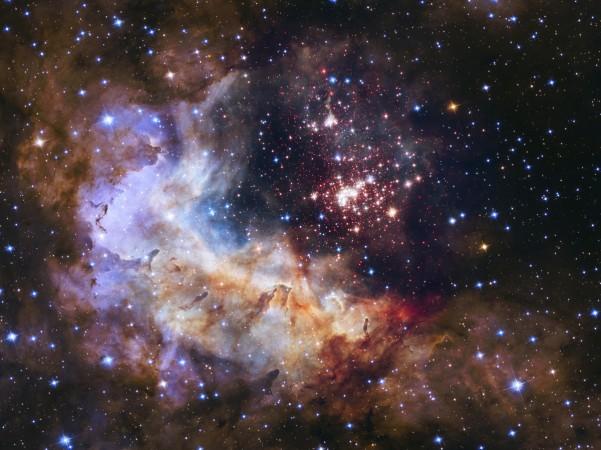
A long-standing theory into why and how the Earth has remained stable for billions of years, enough for life to evolve over that time, has now received an update.
The "Gaia" hypothesis has been in place for about 50 years now working as a way to understand the persistence life on Earth. It speaks of living organisms and their inorganic, non-living surroundings as having evolved together, forming a single, self-sustaining system, ensuring that the Earth remains friendly toward life. This is in spite of the Sun getting brighter over time, super-volcanoes going off and even massive meteors crashing into the planet.
Tim Lenton of the University of Exeter working with French sociologist of science Bruno Latour are proposing that humans actually have the potential to 'upgrade' this planet-wide system to what they are calling "Gaia 2.0".
The duo believes that the evolution of technology with humanity could actually add a whole new layer of "self-awareness" to the way this planet regulated itself—the essence of Gaia theory.
Humans are becoming increasingly aware of the consequences of their actions on a global scale and this includes climate change, say the researchers. A new, more deliberate self-regulation comes out when humans actually limit how much the planet is impacted by their own actions.

Lenton and Latour call this the "conscience choice" to self-regulate and they introduced a "fundamental new state of Gaia". They also argue that it could help achieve more effective sustainability in the future. However, a self-aware, self-regulation will rely on humans' ability to constantly monitor and model the state of this planet and the effects of human activity on it.
Professor Lenton said that, if "we are to create a better world for the growing human population this century then we need to regulate our impacts on our life support-system, and deliberately create a more circular economy that relies—like the biosphere—on the recycling of materials powered by sustainable energy."
Developed in the late 1960's by James Lovelock, the Gaia theory suggested that the Earth's organic and inorganic components all evolved together as one self-regulating system which controls aspects of the planet like global temperature and atmospheric composition and that the Earth did this to maintain its own habitability.
Following research by Lenton, a statement put out by the University notes that this outlook offers a fresh solution to the Gaia hypothesis and explains how it works. Stability, he says, comes from "sequential selection" in situations where life, in this case, humans, destabilise the environment. He argues that they tend to be short-lived, resulting in further changes until out of it, emerges a stable situation emerges. This later tends to persist, he explains.
Once this takes place, the system, in this case, the Earth, has had more time to acquire further properties that can stabilise and maintain itself- "selection by survival alone".
The study was first published in the journal Science.

















